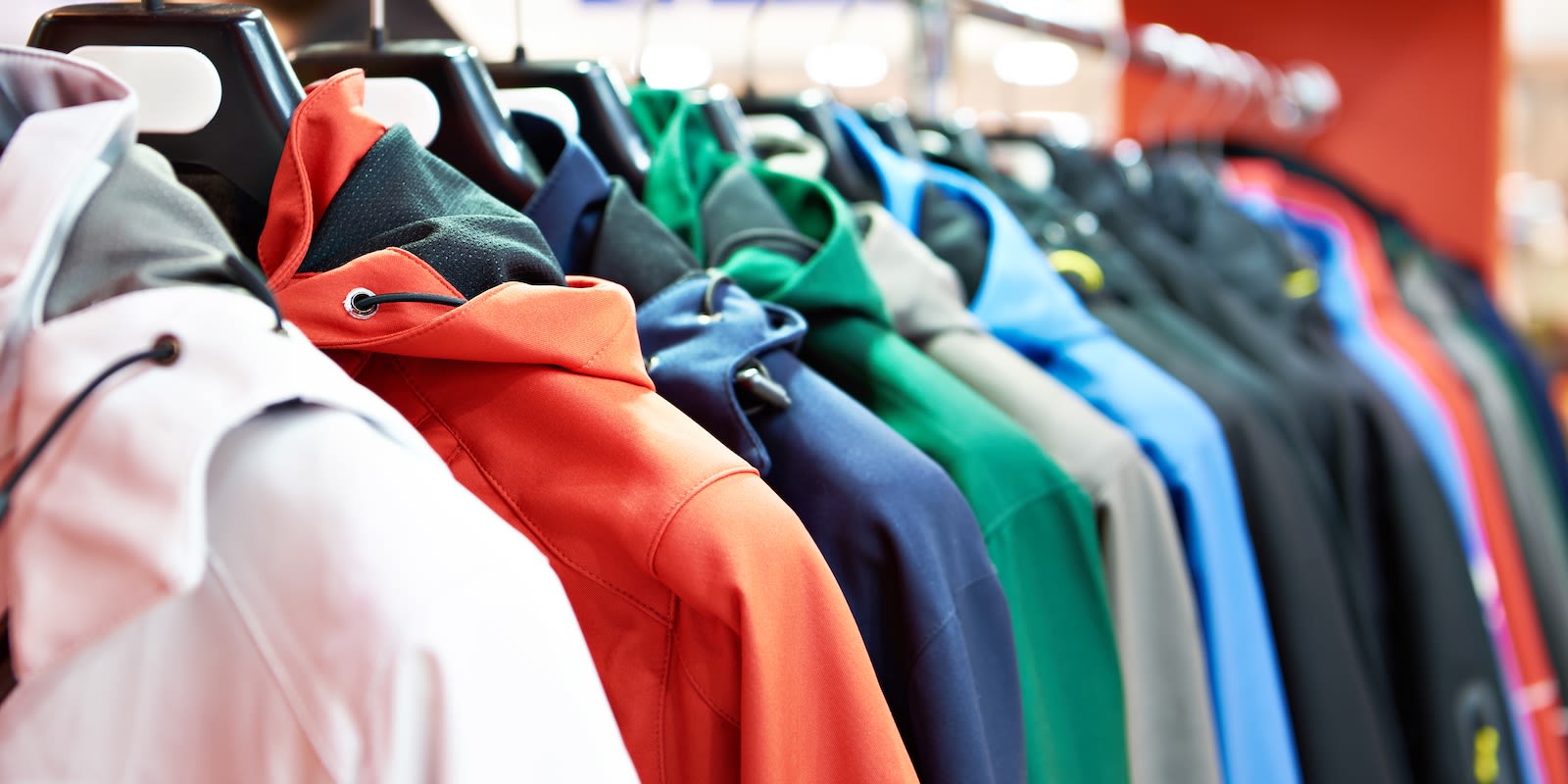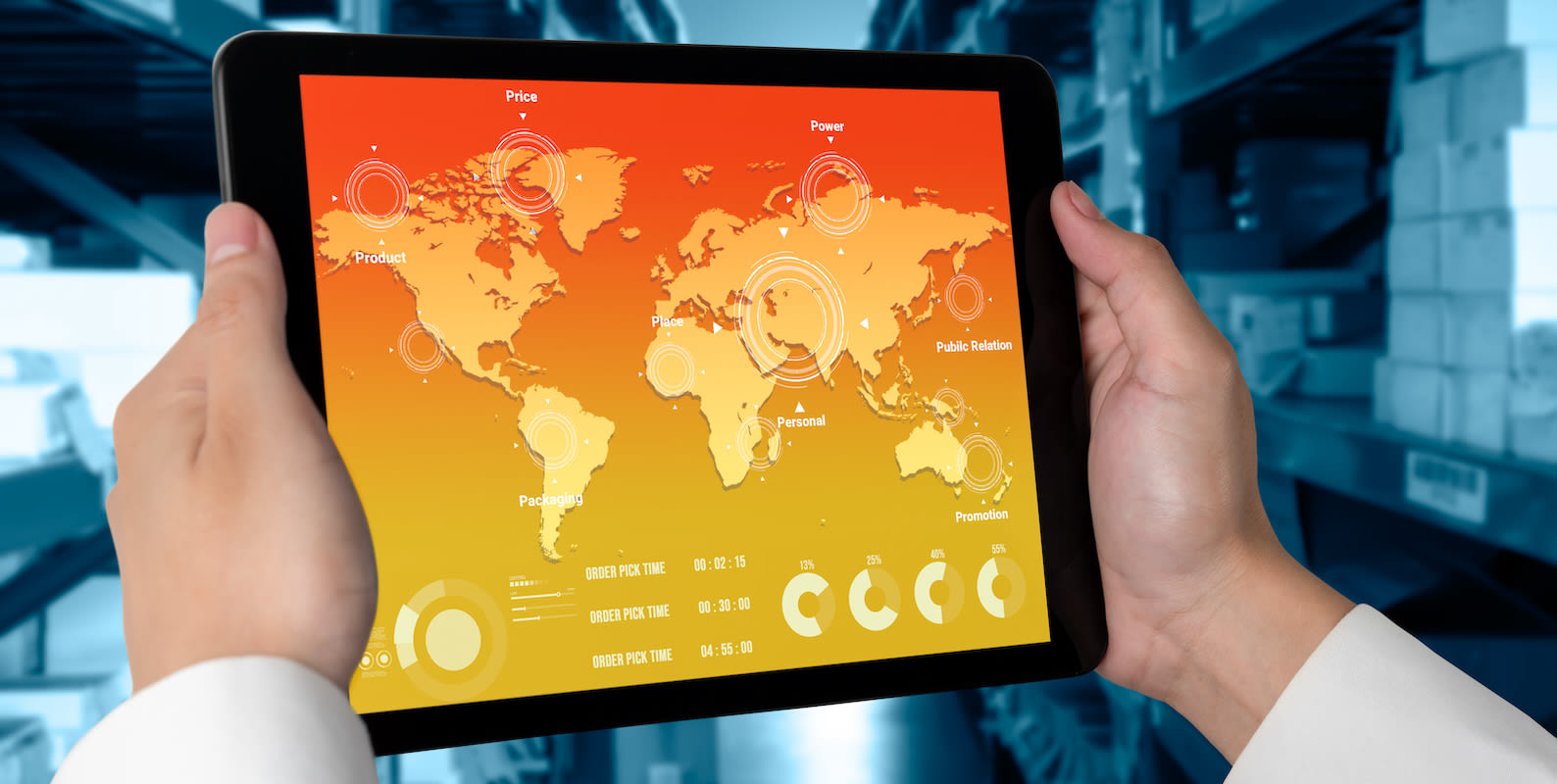
March 6, 2023
Much ado? The Buy Now, Pay Later credit market in the U.S.

If recent financial and economic history has taught us anything, it’s to pay attention when credit gets murky. As always, the hope is that any worries are unfounded. But when the Consumer Financial Protection Bureau (CFPB) turned its attention to Buy Now, Pay Later (BNPL) last year, it was a sign of something potentially amiss. U.S. consumers have pressed on spending, arguably beyond their means. BNPL is playing a part. The question is: How big a part?
The firms providing Buy Now, Pay Later plans – mainly fintech firms – have seen massive growth over the past three years in their Gross Merchandise Value, (GMV, the total value of merchandise sold). Now with a new, tech-enabled sheen, the BNPL offering is nonetheless basically the same as the installment loans that have been around since at least the late 19th century in the U.S.
The benefits from then remain. So, too, do the risks. And both are now potentially amplified by developments technological and financial.

The figure above compares the growth of BNPL over the past three years with the overall consumption of goods. While the GMV figures are up significantly for the leading BNPL firms, they started from a low base (c. $2 billion in 2019). GMV has been increasing by 3x or more each of the past three years; growth in personal consumer expenditures on goods, meanwhile, was up 33% by comparison. The CFPB did, to its credit, report consumers paying for some services with BNPL, but the amount remains small relative to goods. One might think that BNPL was especially prevalent for durable goods, but apparel – a non-durable – accounted for 58.6% of BNPL purchases in 2021.
Are there still reasons for concern? Yes, many. Let’s start with consumers. Among its appeals – including 25% down on most purchases and no interest – is that most BNPL providers only conduct ‘soft’ credit checks, far less rigorous than what a consumer would go through for a home and auto loan, or even a credit card. For young consumers with solid pay but little to no credit history, this is an undeniable draw.
There are two ways of looking at the scope of the potential problem. One is the straight delinquency rates on BNPL purchases. In the anonymized data provided to the CFPB, BNPL lenders were already recognizing rises in charge-off rates and provisions for bad debt from 2020 into 2021 and early 2022. A survey fielded in Spring 2022 found 42% of BNPL respondents reported having made at least one late payment; the result was so startling that the sponsoring firm, LendingTree, refielded the survey just to make sure. That so many couldn’t meet the installment payment for often-low value purchases does not suggest all is well.
The other way is to look at overdrafts. Eighty-nine percent of BNPL users tied payments to direct withdrawals from their debit card in 2021, a figure unchanged from the previous two years and likely to have continued into 2022. Debit cards can go into overdraft, just like a checking account, with all the attendant fees and implications for credit scores. Another survey, also from early 2022, revealed that 33% of BNPL users were in overdraft as of that January versus 15% of the entire adult population.
Then there are the BNPL lenders themselves. Early on in their rapid growth, it was already being pointed out that the top lenders were not only unprofitable – not surprising for an industry of mostly start-ups – but losing hundreds of millions per year. Klarna, the Swedish BNPL firm and one of the ‘oldest’ in the market, just announced a $1 billion loss, up 47% from the year before.
So where does this leave us? With a fast-growing segment of the U.S. population availing itself of a form of borrowing that could enable consumers to spend beyond their means. All credit does that, to an extent, of course. It’s obviously problematic for an individual who gets overextended. And it can also presage a problem for retailers and the broader economy.
Disclaimer: The contents of this report are made available for informational purposes only and should not be relied upon for any legal, business, or financial decisions. Flexport does not guarantee, represent, or warrant any of the contents of this report because they are based on our current beliefs, expectations, and assumptions, about which there can be no assurance due to various anticipated and unanticipated events that may occur. This report has been prepared to the best of our knowledge and research; however, the information presented herein may not reflect the most current regulatory or industry developments. Neither Flexport nor its advisors or affiliates shall be liable for any losses that arise in any way due to the reliance on the contents contained in this report.
About the Author





